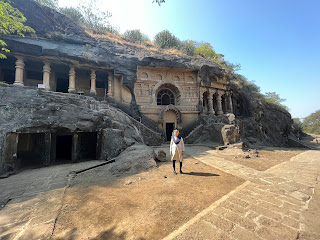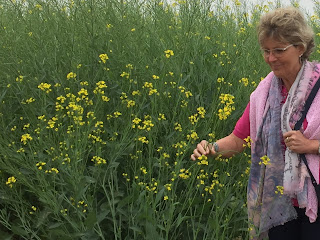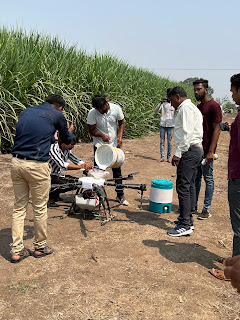We are roadies-Part IV-Mumbai-Nashik-Vani-Saputara-Trimbakeshwar-Nashik-Mumbai

30th November 2022 We are roadies-Part IV: Mumbai-Nashik-Wani-Saputara-Trimbak-Nashik-Mumbai It has been a long-time wish to take the blessings of the goddess, Saptashrungi nivasini who dwells in the seven mountain peaks located near Vani in the district of Nashik. This temple is one of the “three and half Shakti Peethas” in Maharashtra. The others are Renuka mata temple at Mahur, Mahalakshmi temple at Kolhapur and Tulja Bhavani temple at Tuljapur. It is said that Sati (Shakti, incarnation of Parvati) who was Shiva’s wife, attended the yagna conducted by her father without invitation. Sati’s father, King Prajapati Daksha did not invite Shiva and Sati, because he disliked Shiva. On the contrary, he ridiculed Shiva during yagna. Saddened by this behaviour, Sati jumped in to the yagna and died. Shiva on knowing the death of his wife Sati became extremely angry, carried her dead body and walked all over the world. Sensing a grave situation in the form of loss of life or of universe, Go

